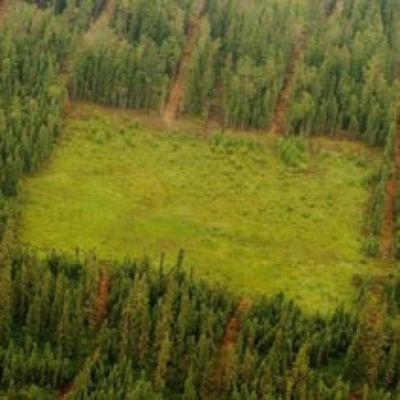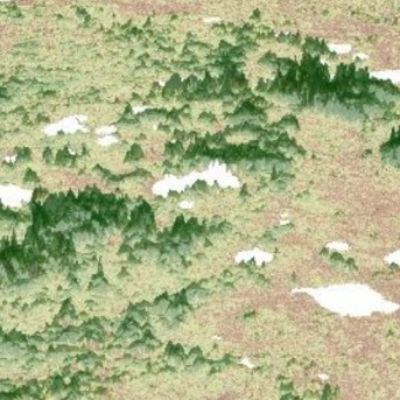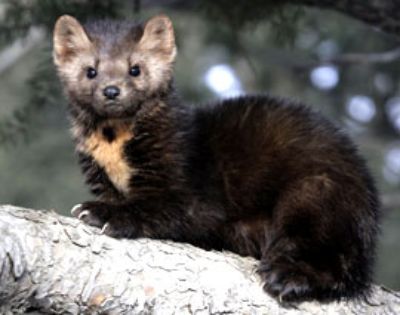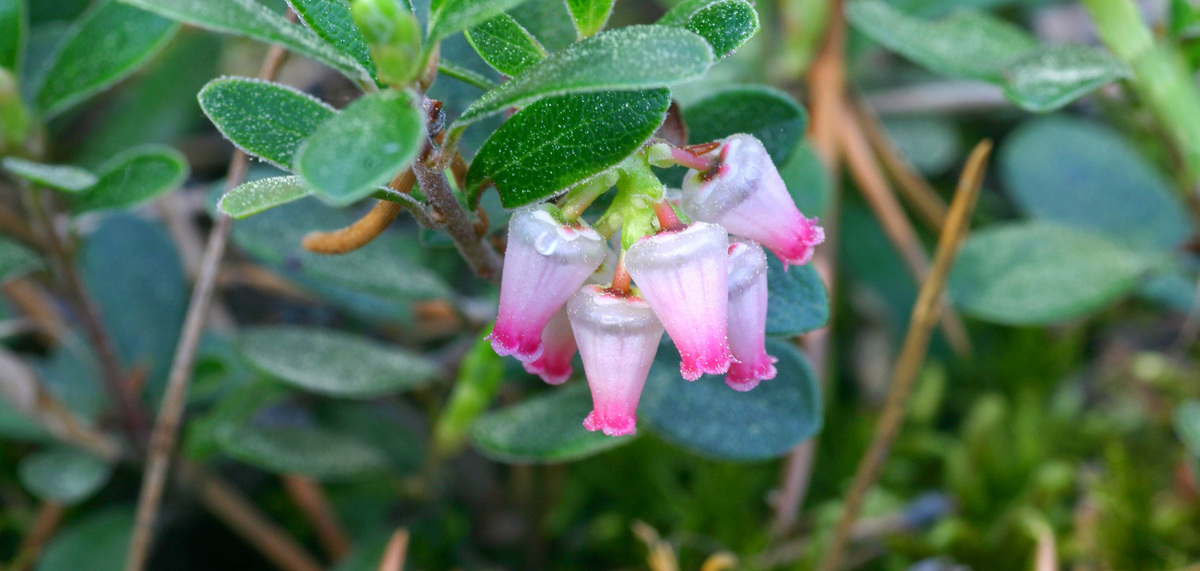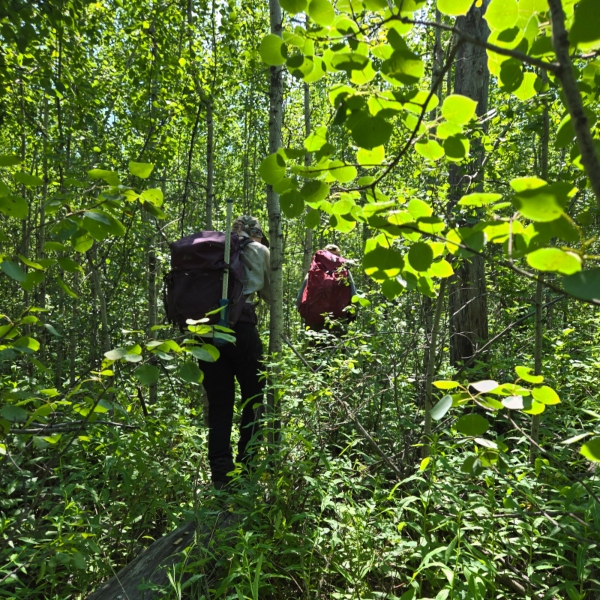
Post-Harvest Biodiversity Trajectories
Categories: Habitat Recovery
Status: In Progress
About the Project
A collaborative project with the forest industry to test the effectiveness of ecosystem-based forest management in Alberta.
This applied research project supports an effort to monitor biodiversity outcomes of the ecosystem-based management (EBM) and the natural disturbance models of forestry. These approaches to forestry are based on the philosophy that by harvesting in a manner that better emulates natural disturbances such as fire, the regeneration of harvested forests—and associated biodiversity—will better converge with those affected by natural disturbances.
Data collection and analysis undertaken in this project are focused specifically on understanding how quickly and how closely biodiversity in harvested stands converge with those in burned stands.
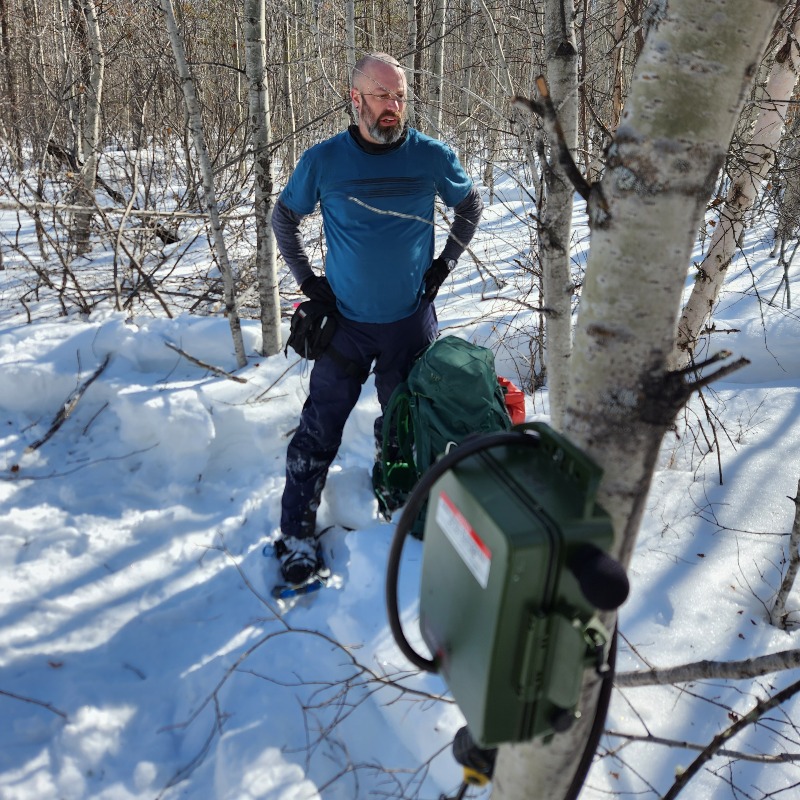
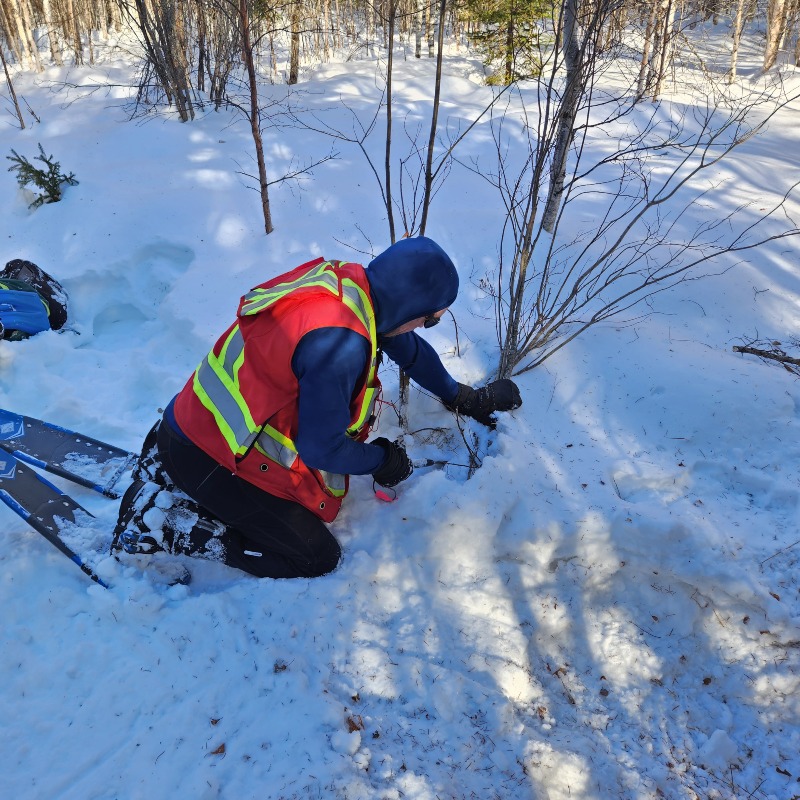

An important preliminary outcome of this project is the development of a fulsome understanding of the harvest, silvicultural, and fire history of much of Alberta’s green area, to support robust study design and site selection. Currently, not a single source of information provides fire history information in adequate resolution in combination with an understanding of harvest and silvicultural history. The longer-term intent is to share these data publicly on the ABMI’s Mapping Portal.
This project is being supported by a number of forestry companies in Alberta via funding from the Forest Resource Improvement Association of Alberta (FRIAA) and through the contribution of forest industry data and expertise on harvesting and silvicultural processes. Innotech Alberta also provides fieldwork support and expertise, further strengthening the project's implementation.
Project Collaborators
- Innotech Alberta
Funding Partners
- Alberta-Pacific Forest Industries Inc.
- Canadian Forest Products Ltd.
- Mercer Peace River Pulp Ltd.
- Northland Forest Products Ltd.
- Vanderwell Contractors Ltd.
- West Fraser Mills Ltd.
- Weyerhaeuser Company Ltd.
First, we compile data on fire, harvest, and silvicultural history within much of the green zone of Alberta to develop a set of maps to geographically display this information, as well as support study design and site selection for biodiversity monitoring.
Second, we conduct extensive field data collection across the Alberta green zone and subsequently evaluate those data to evaluate how quickly and how well convergence between harvested stands and burned stands occurs for biodiversity and habitat elements. This builds on earlier work completed with Alberta-Pacific Forest Industries looking at convergence over shorter time periods.
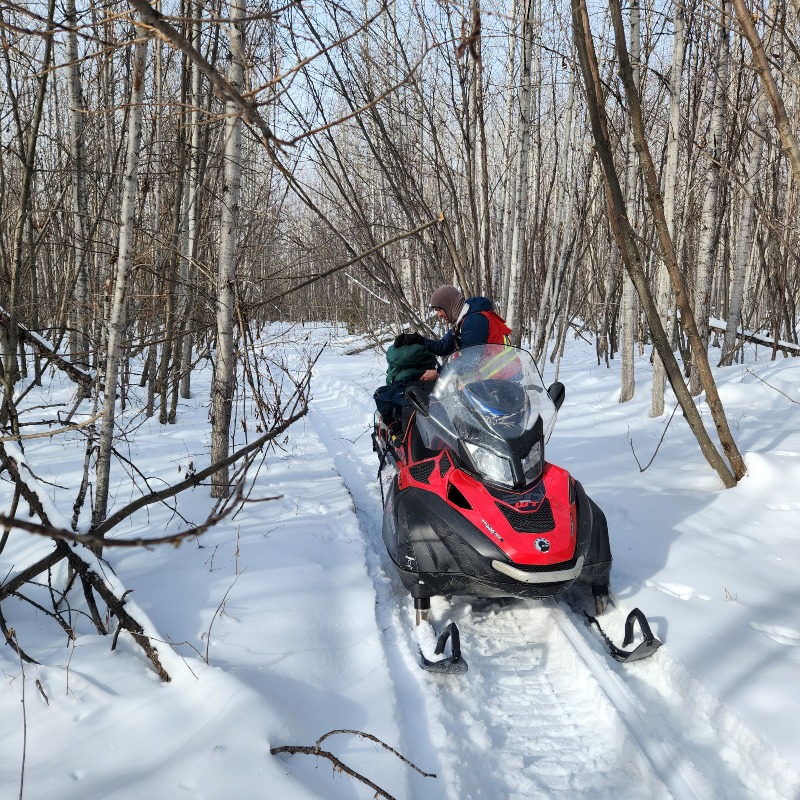
An important preliminary outcome of this project is the development of a fulsome understanding of the harvest, silvicultural, and fire history of much of Alberta’s green area, to support robust study design and site selection.
Project Impact
Mapping resources of fire and harvesting history in Alberta, developed as part of this project, will be made publicly available and be useful for project planning and environmental understanding beyond this project. Analytical results will be immediately accessible to FRIAA and the respective forestry partners for consideration in their own operations. All the outcomes of this project will also be available to a broader suite of research projects to enable integration of outcomes in informing forestry practices and future research (i.e., Healthy Landscapes project led by Foothills Research Institute and the Ecosystem Management Emulating Natural Disturbance (EMEND) project and its offshoots led out of the University of Alberta).
The ABMI’s Ecological Recovery Monitoring (ERM) project assesses ecological recovery of certified reclaimed oil and gas wellsites.
The ABMI’s Geospatial Centre is working on novel methods to monitor the recovery or regeneration of human footprint features. Using the Landsat historical imagery archive, we have attempted to track and measure the spectral regeneration of human footprint features such as harvest areas, mines, and wellsites.
The Peltigera project aims to expand our understanding of Peltigera lichen diversity in Alberta through genetic markers. Building on the research done by global Peltigera experts, we hope to use genetic data to both verify our identifications and detect new species to the province.
